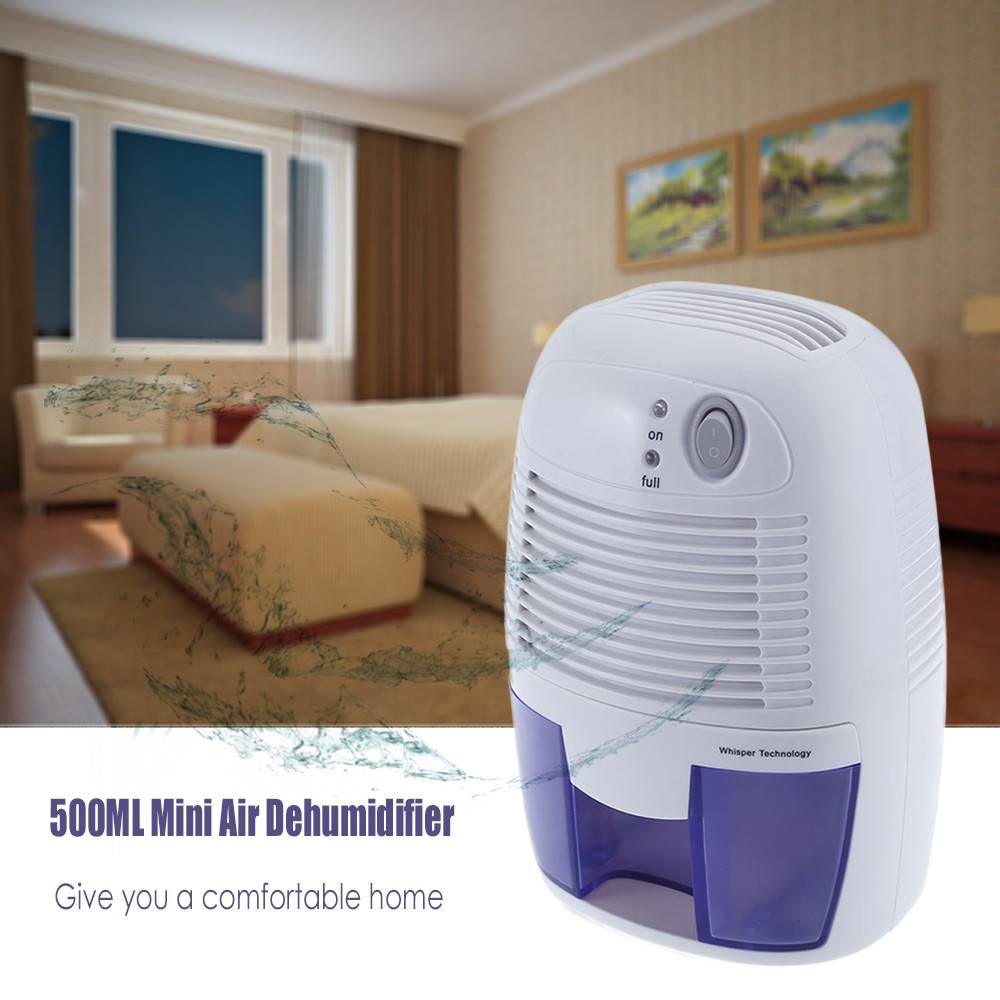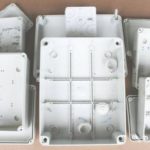What a Dehumidifier Is, How It Works, and How It Improves Indoor Comfort

How to Use Dehumidifiers to Improve Comfort and Control Indoor Humidity
Air humidity has a direct impact on thermal comfort and the quality of indoor environments. A dehumidifier allows you to regulate this parameter in closed spaces, improving comfort without relying on complex systems. This guide explains when to use a dehumidifier, how it works, and the benefits it provides.
 |
| Humidity and heat: a very unfavorable combination |
- 💧 Understand the difference between humidifying and dehumidifying
A humidifier increases air humidity, while a dehumidifier does the opposite: it reduces it. According to ASHRAE, maintaining balanced humidity levels is essential for achieving proper thermal comfort.

- 🌡️ Learn how humidity affects thermal comfort
Relative humidity is expressed as a percentage and represents the amount of water vapor in the air. In warm climates, high humidity levels make it difficult for sweat to evaporate, increasing the sensation of heat. See more information in Vilssa’s articles on humidity and comfort. - 🔥 Understand why high humidity increases heat perception
When relative humidity is high, the air cannot hold more vapor, so sweat evaporates slowly. Without this natural cooling mechanism, the body is unable to release heat efficiently, causing discomfort and heat buildup. - 🏠 See how a dehumidifier helps in closed spaces
Indoors, the environment is easier to control. A dehumidifier reduces relative humidity, absorbs excess water vapor, and helps the body release heat more effectively, lowering perceived temperature. - ⚠️ Know when a dehumidifier is NOT effective
In very hot and dry climates, relative humidity is already low. Reducing it further does not help cool the environment. In such cases, water in the surroundings—ponds, vegetation, water features—enhances evaporative cooling naturally. - 🧪 Observe how condensation works inside a dehumidifier
The device captures water vapor from the air and condenses it into liquid. This process lowers humidity and improves comfort in enclosed spaces. - 📦 Consider simple alternatives for small spaces
Affordable options like moisture-absorbing salts can help reduce humidity in small areas. These do not replace a dehumidifier but assist in maintaining moderate humidity levels. - 📚 Explore more passive climate-control techniques
For additional resources on natural cooling and climate control, visit the Vilssa climate-control search tool.
 |
| Water collected through dehumidifier condensation |
®edited by the Construccion.Vilssa editorial team (revised version)


















